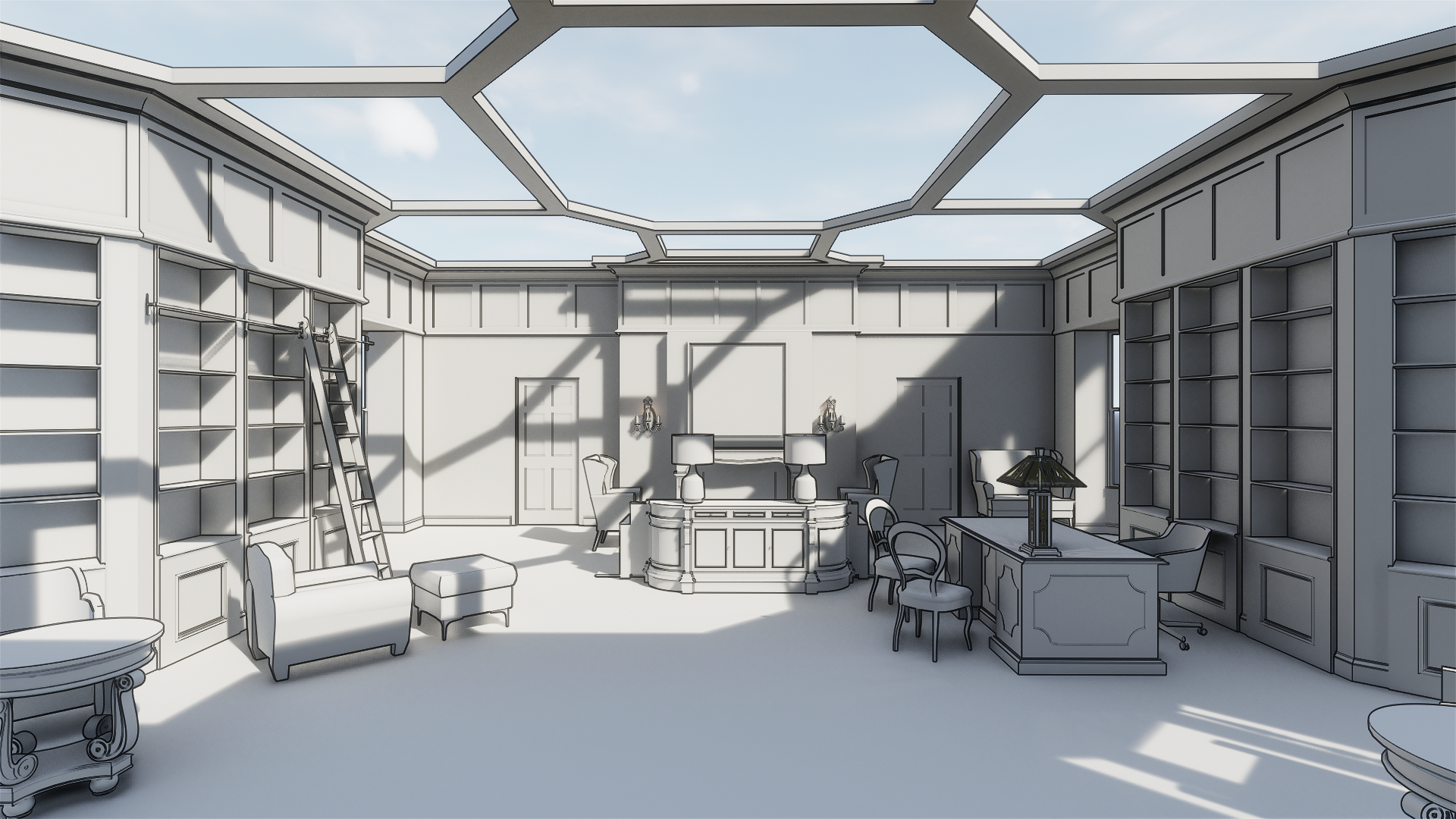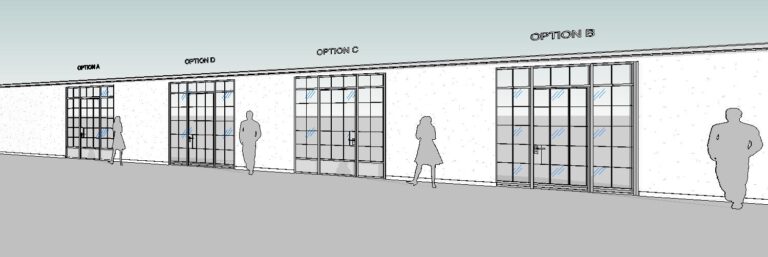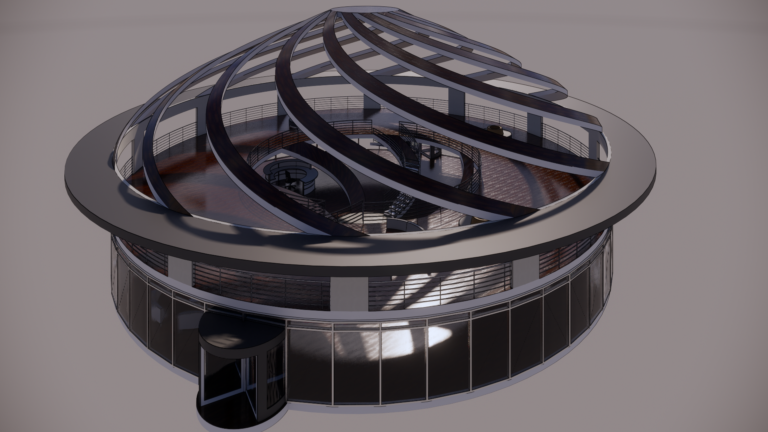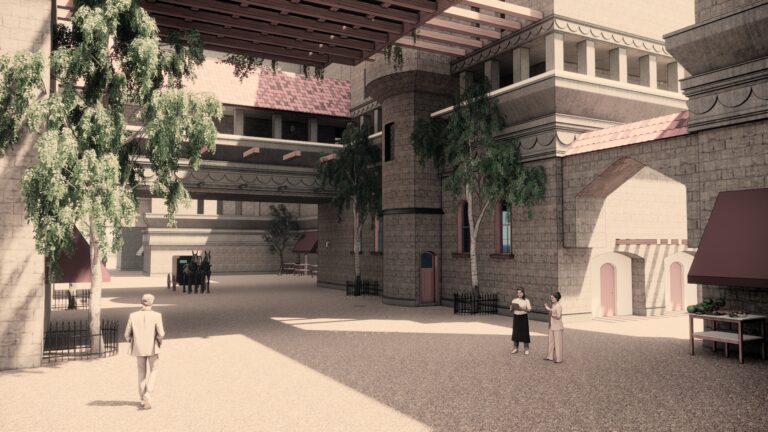The art department’s role in filmmaking often remains behind the scenes, quietly shaping the visual narrative. While the director, cinematographer, and production designer get the limelight, set designers and art directors play a crucial role in bringing a script to life.
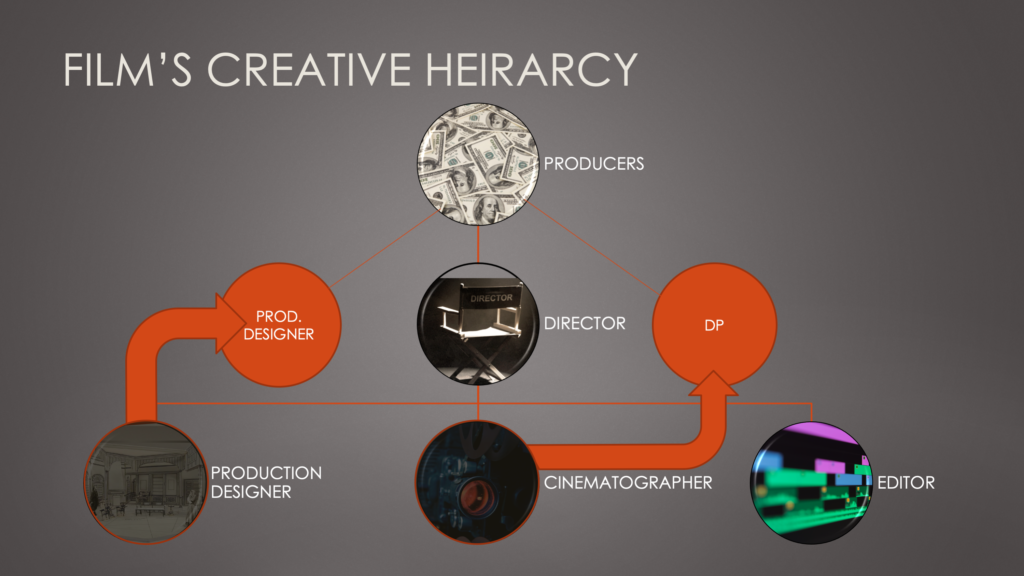
In a typical film production hierarchy, the director sets the vision, casts the actors, and hires department heads. The director of photography (DP) takes charge of the camera and lighting, while the production designer (PD) oversees the art department. The PD is not just an artist; they’re the logistical head, steering the ship of creative departments like costume design, location management, prop management, and set decoration.
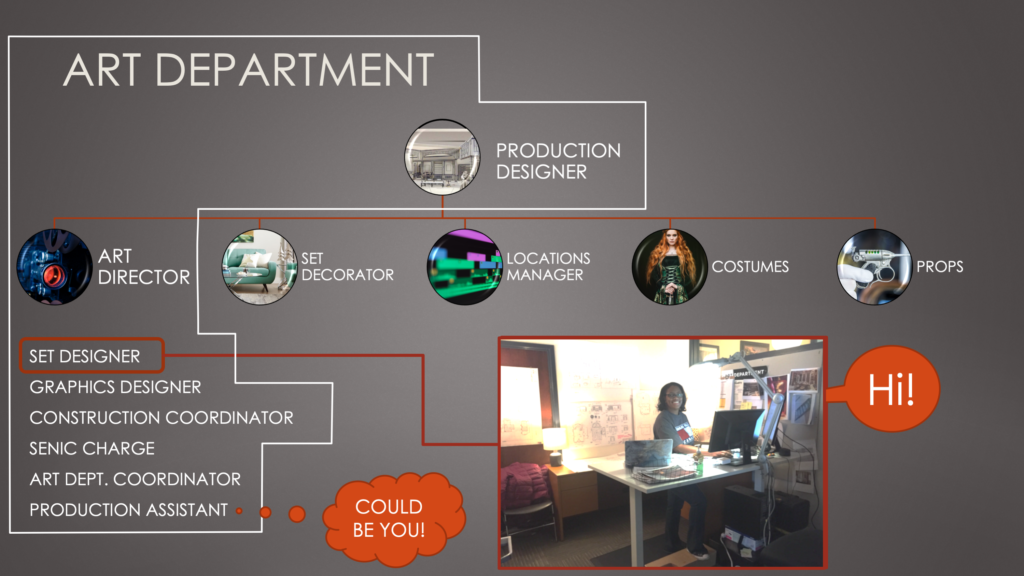
Within the art department, the production designer’s right-hand person is the art director, who is responsible for managing set and graphic designers, as well as the scenic and construction departments. Their collaboration ensures the sets are not just visually stunning but also functionally sound for filming.
Set designers, in turn, bridge the gap between the production designer’s vision and the practical needs of construction and scenic departments. They create drawings and models that guide the construction and painting of sets. This process has evolved significantly with the advent of technology. The software allows set designers to develop 3D models alongside technical drawings in real time, streamlining the collaborative effort.





One technique embraced by set designers is the use of digital white models. These models are inspired by traditional foam-core architecture models, which are still used for complex or stunt-heavy environments. Digital white models serve a specific purpose – they focus on form over color or texture. During pre-production, this clarity helps integrate input from various team members without constraining their creativity.
In the world of filmmaking, where every detail matters, digital white models offer an efficient way to communicate the spatial design without getting bogged down in intricate details. They serve as a canvas upon which the collaborative team can paint the nuances of storytelling.
For example, I’d like to share insights from a canceled pilot titled “Superstitions.” In this project, I utilized digital white models for studying sets such as a funeral home and morgue. These models provided a foundation for discussions with various stakeholders, facilitating a shared understanding of the space’s layout and potential. They allowed us to explore the form, consider practical functions, and leave room for creative interpretation.


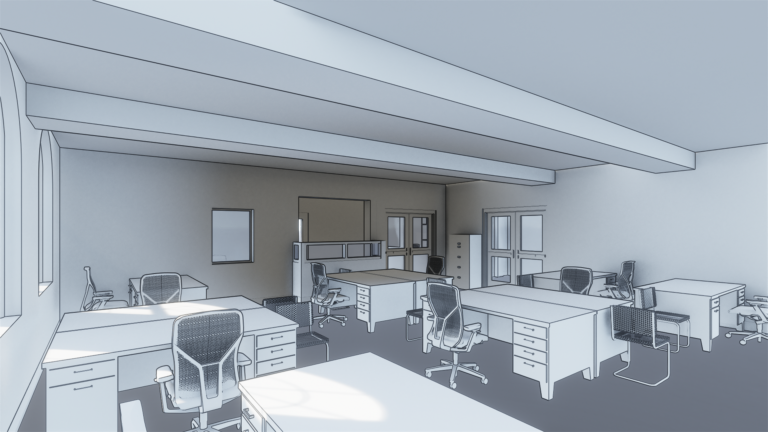

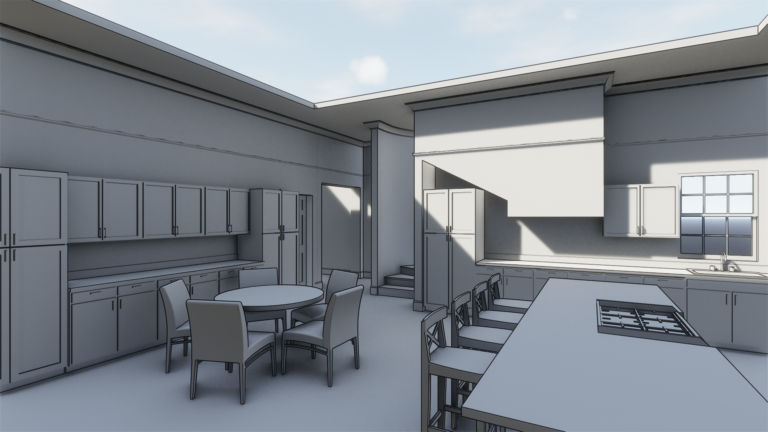


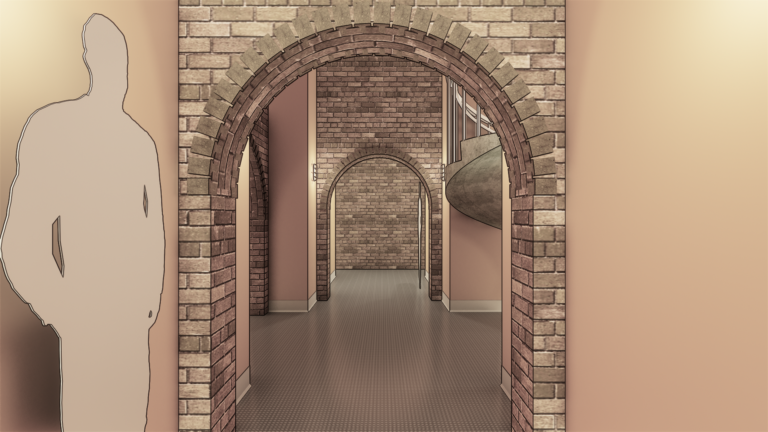
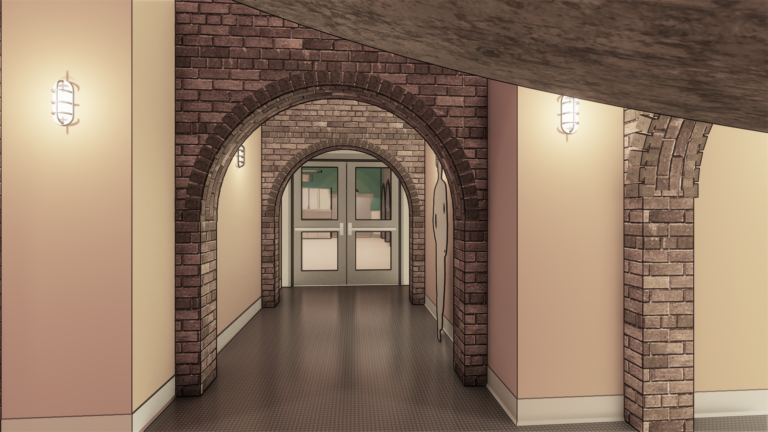

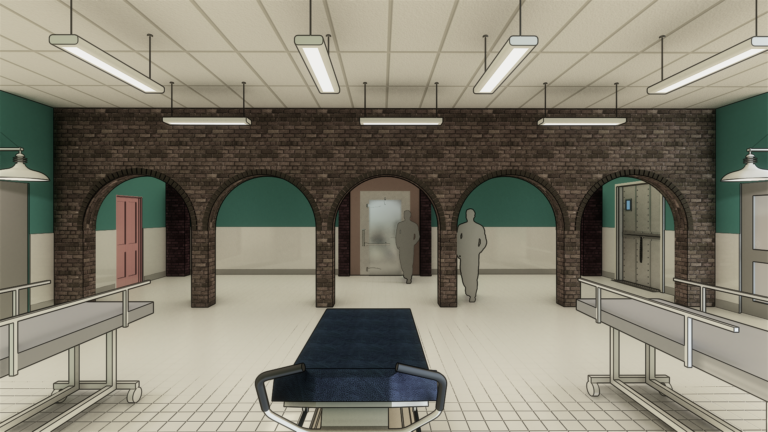
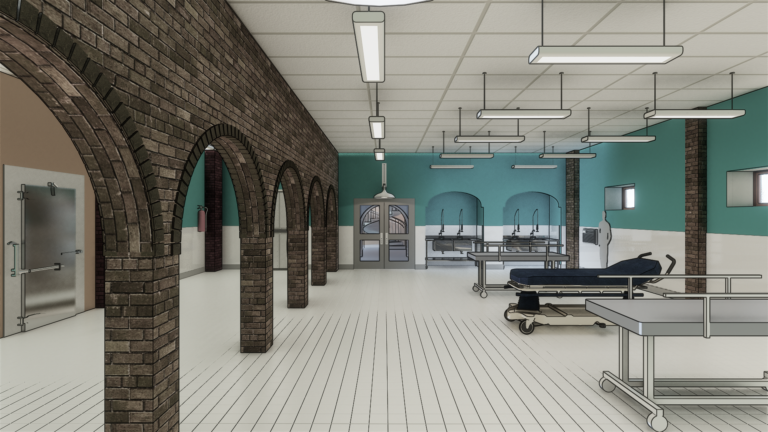

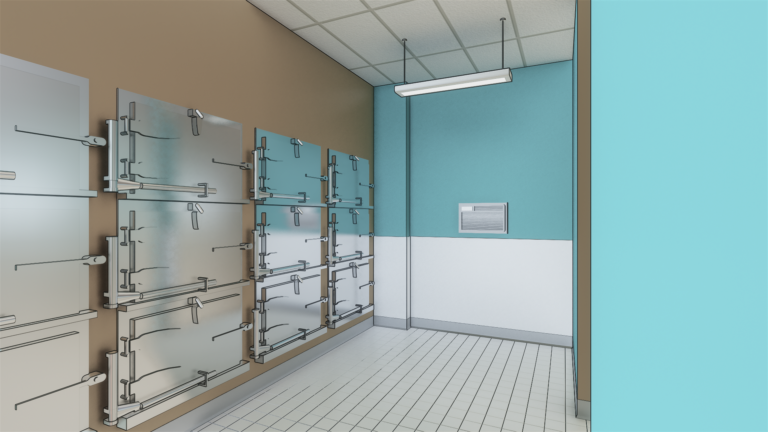
While the art department’s work often remains unseen in the final film, it’s a testament to the collaborative nature of filmmaking. The hierarchy, from directors to set designers, is a complex structure where each role is integral in turning a script into a cinematic masterpiece.
In the end, the magic of filmmaking lies in the harmonious fusion of creative vision, practical execution, and the relentless pursuit of storytelling excellence.
